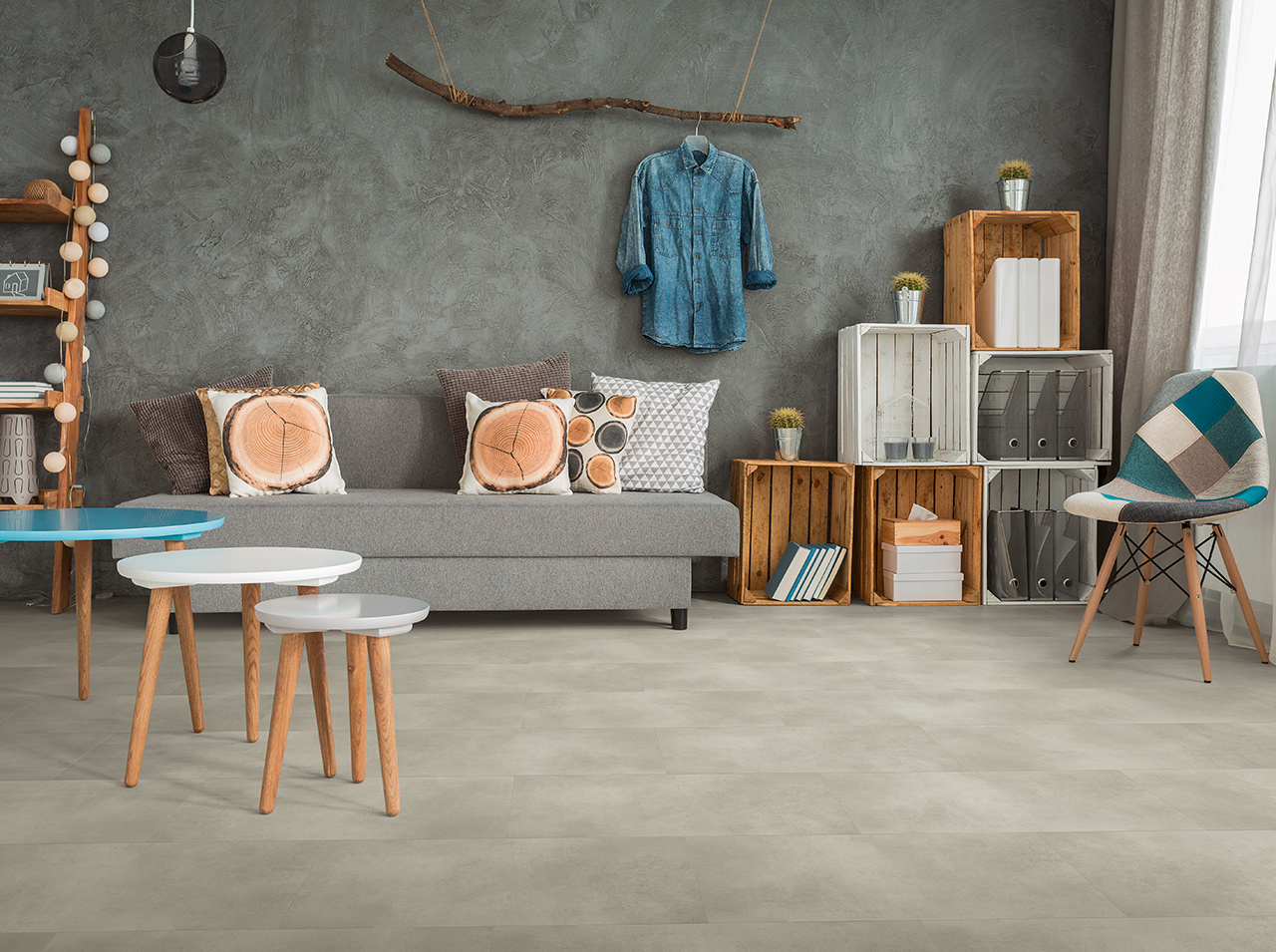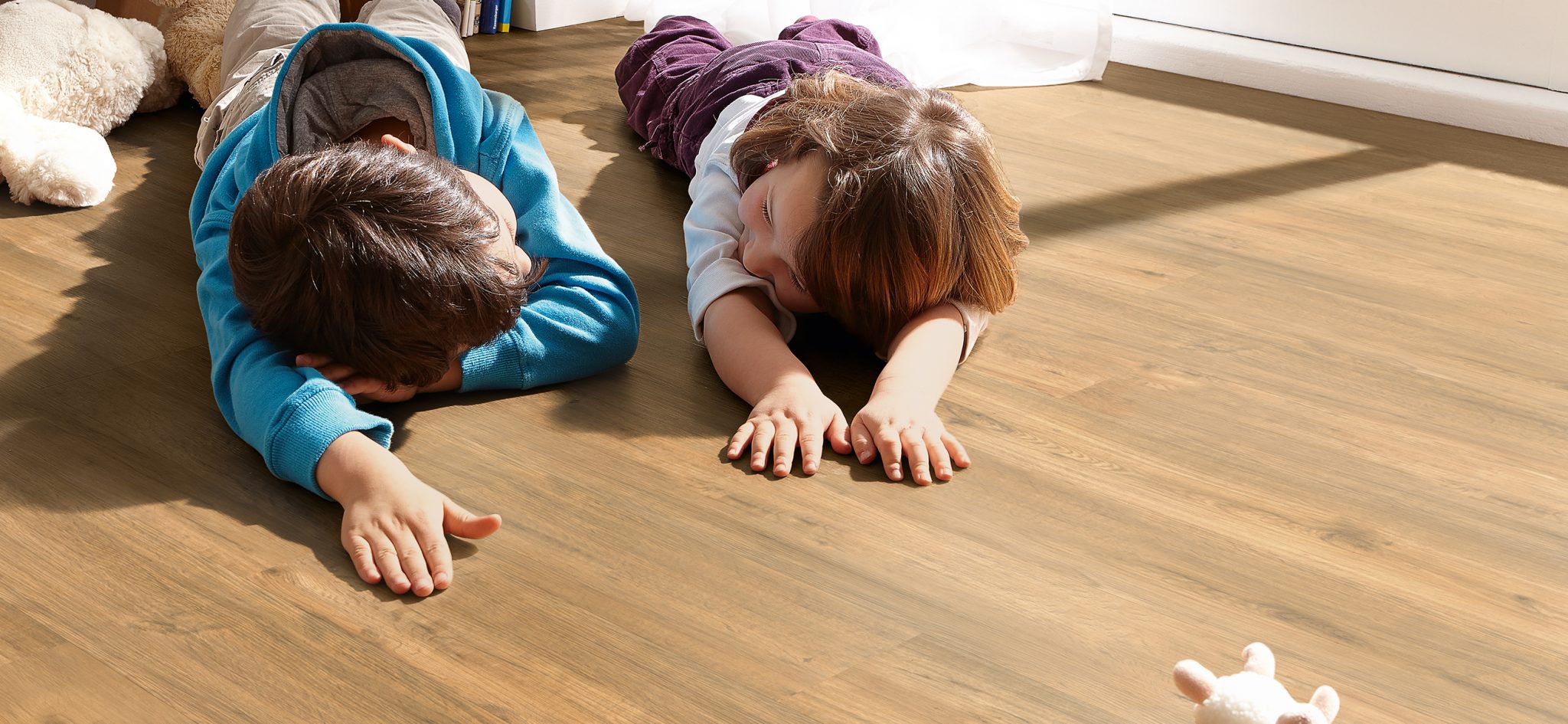
d-c-floor® click vinyl flooring is an attractive, robust and easy-to-maintain floor covering to suit your lifestyle. Its high-quality look will fit the style of any room.
From living areas to kitchens, bathrooms or offices, d-c-floor® rigid vinyl flooring is perfect for refurbishments and new projects alike. The flooring can be laid in a jiffy and is particularly hard-wearing.
The natural look of d-c-floor® rigid vinyl flooring creates a unique ambiance in every room.
Advantages of d-c-floor® Click Vinyl

Low installation height makes renovation easy
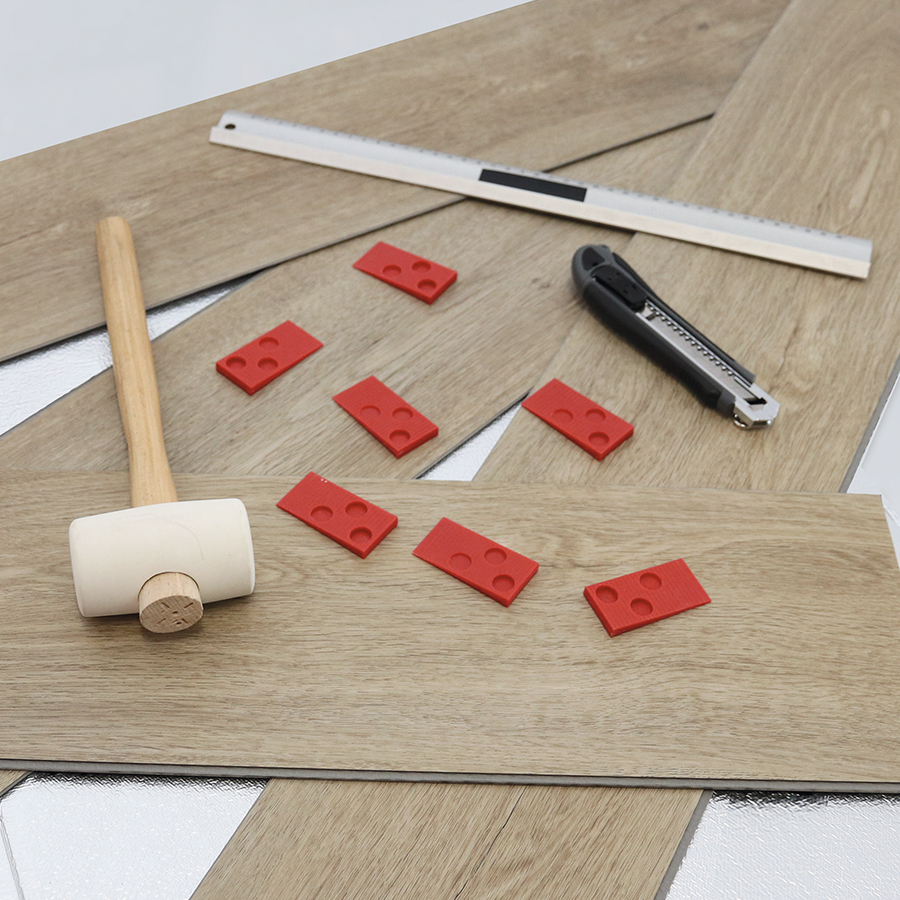
Easy to install – only a few tools and no trade experience required

Also suitable for winter gardens and areas with a lot of sunlight
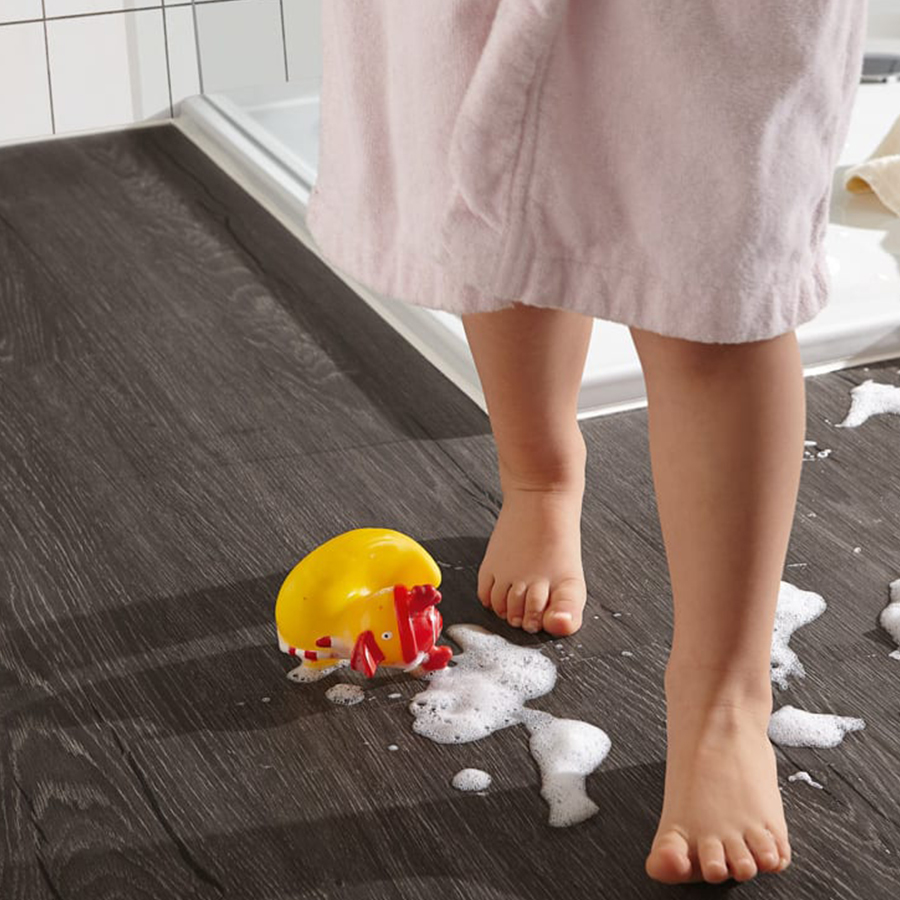
Water-resistant and suitable for damp spaces
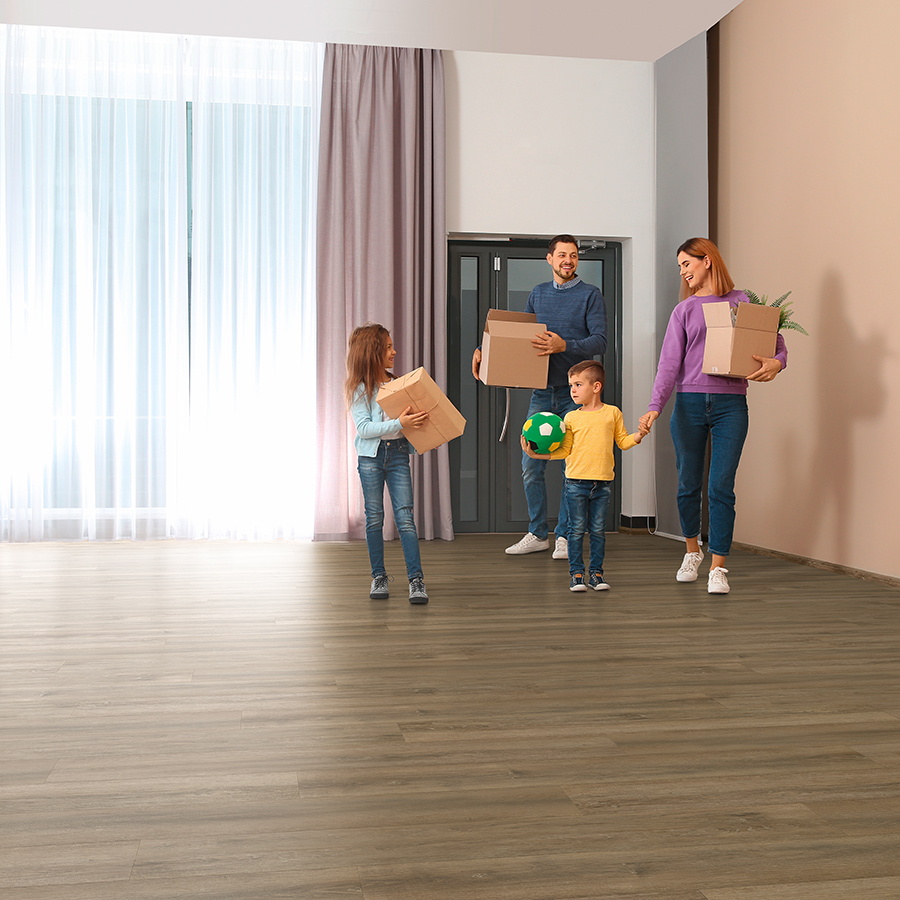
Laying larger rooms without expansion joints
d-c-floor® Click Vinyl is Available in a Range of Colours and Designs
What colour tone should your click vinyl floor have? Light or dark? Wood or stone look? Our d-c-floor® click vinyl offers you 11 different designs!
Wood look
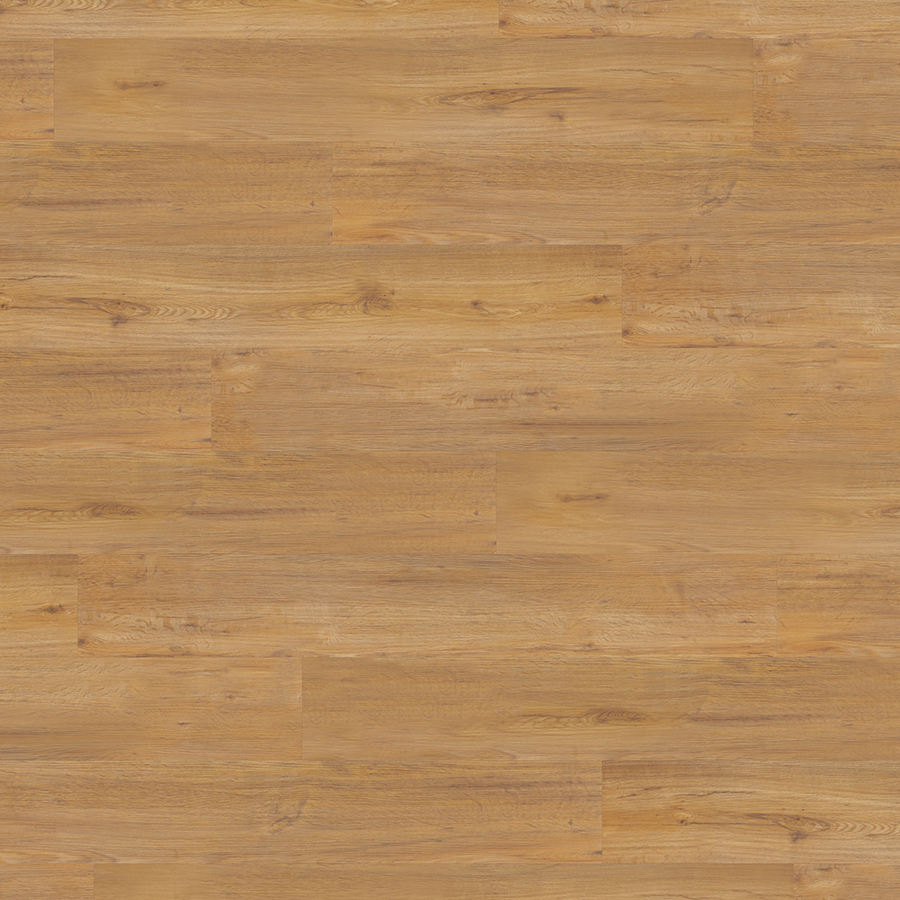
GOLDEN OAK |
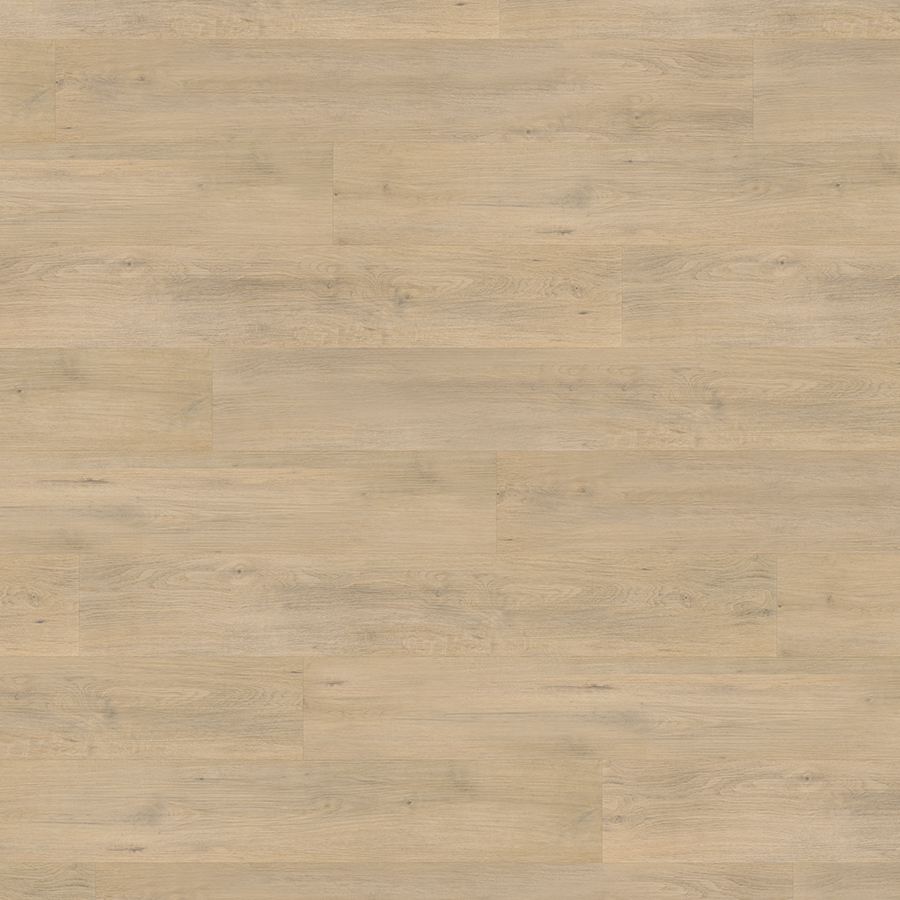
ROSEBURN OAK |
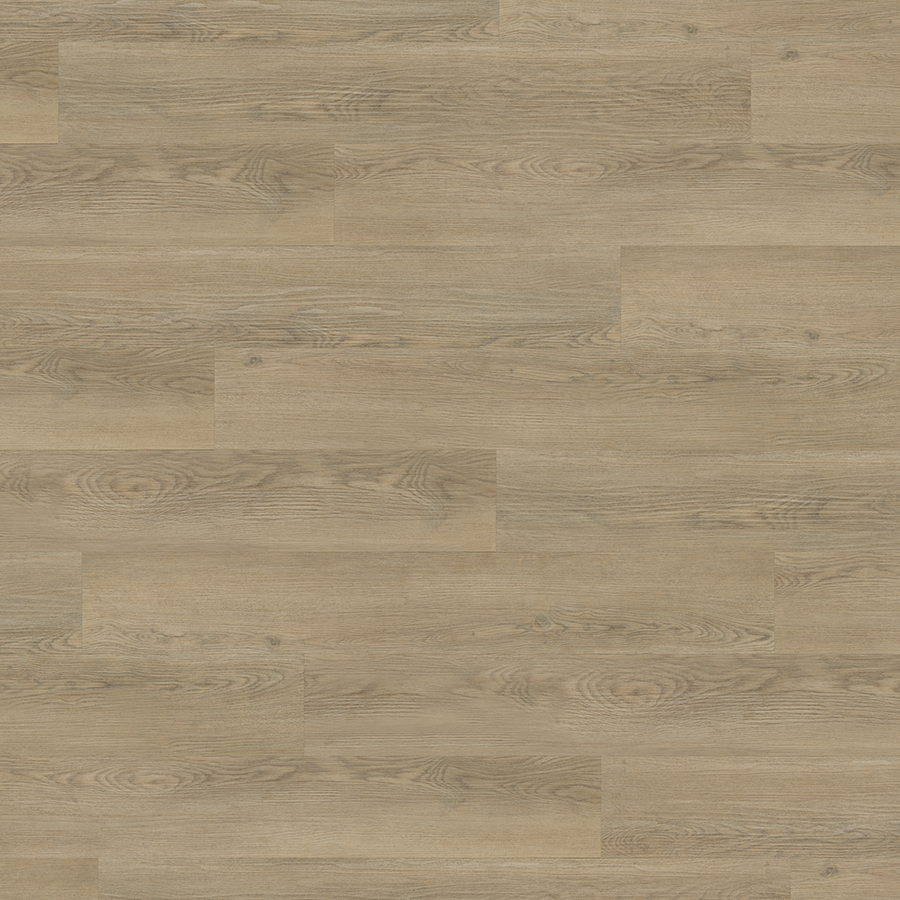
OLEA OAK |
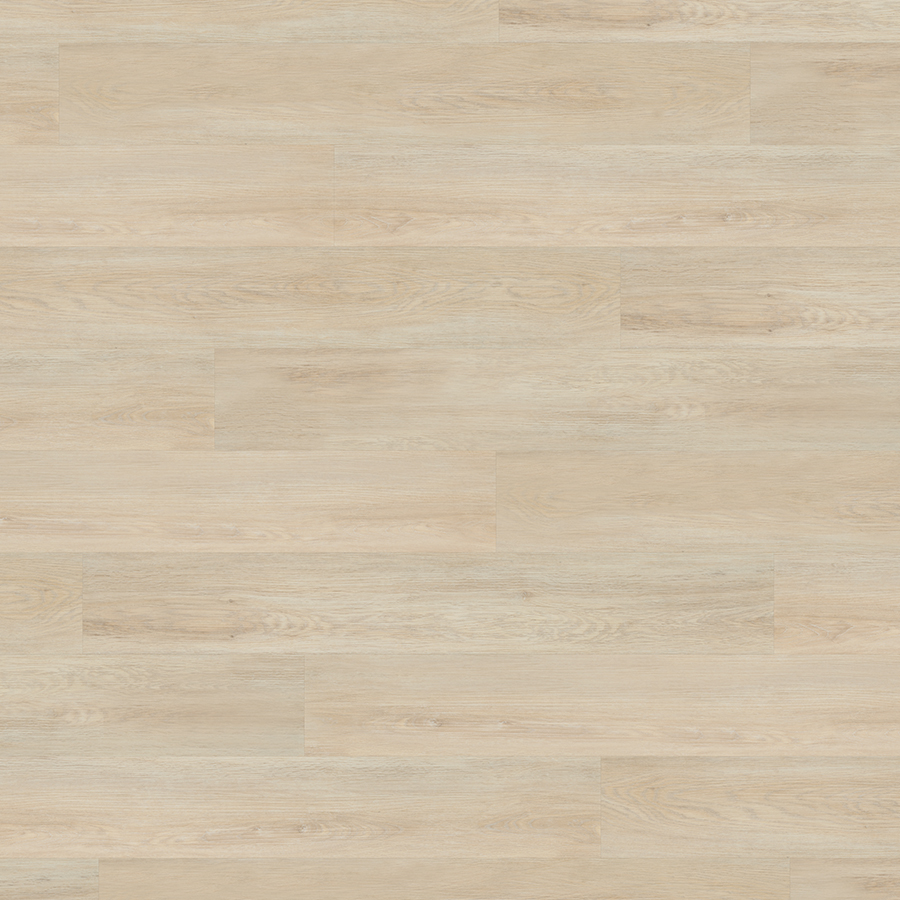
HATTING OAK |
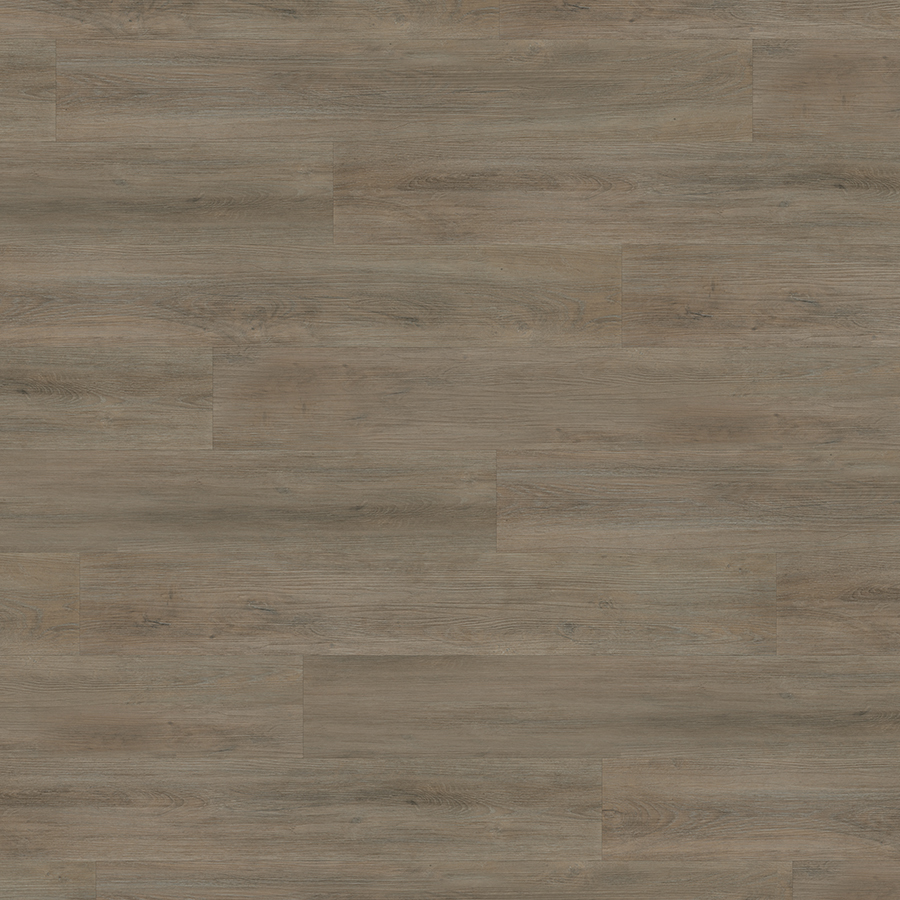
CORTON OAK |
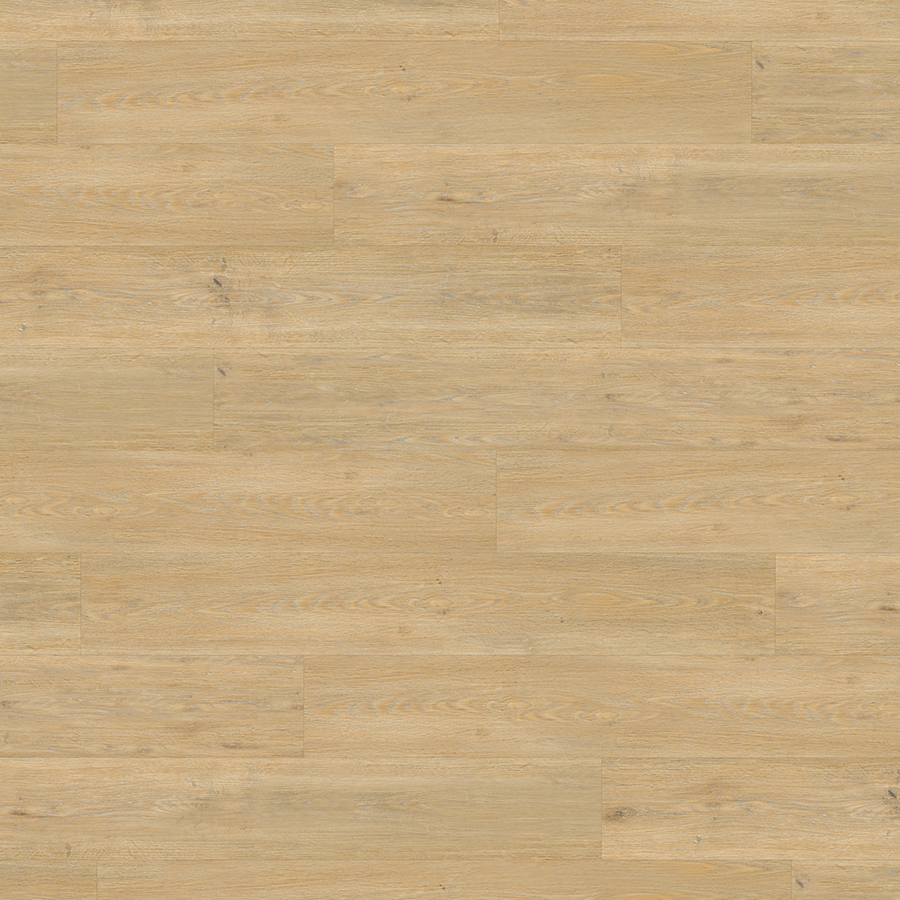
LIKEFORD OAK |
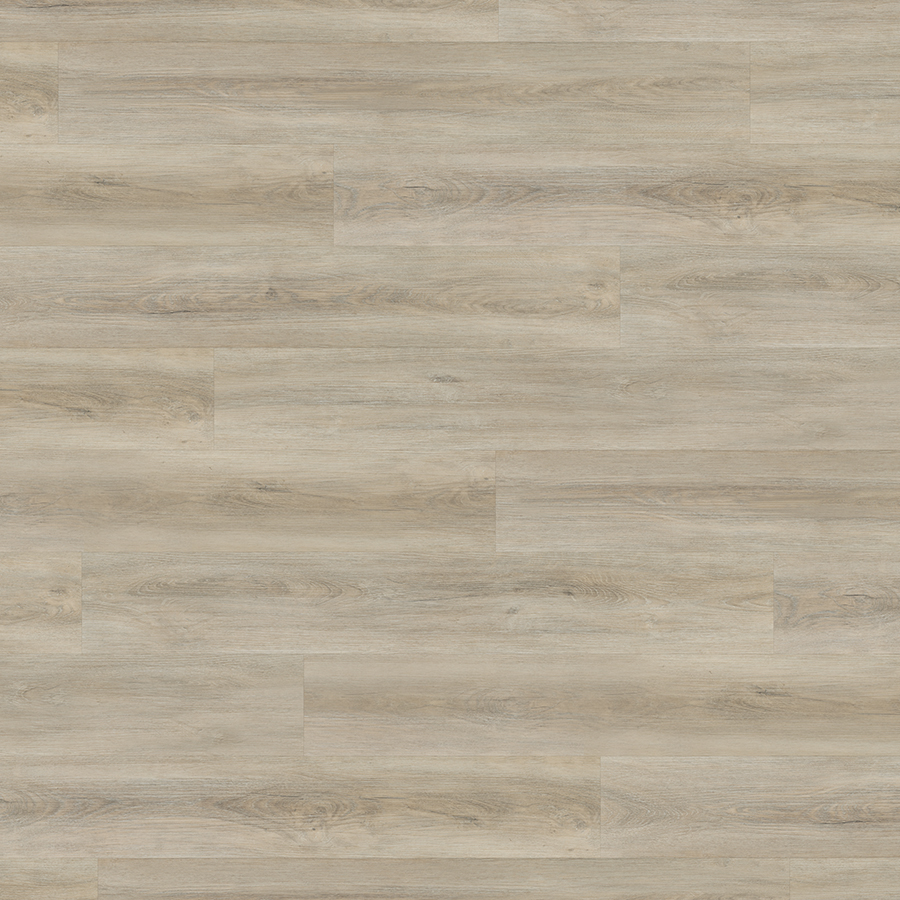
GRAVELA OAK |
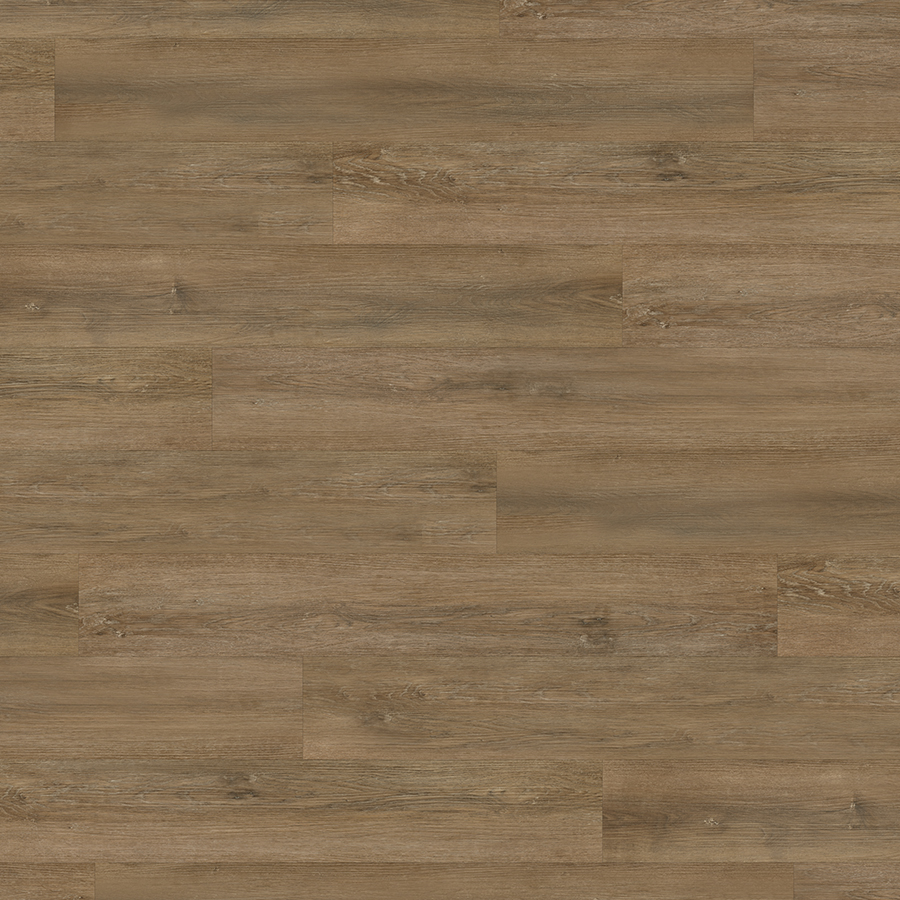
WINGHAM OAK |
Stone look
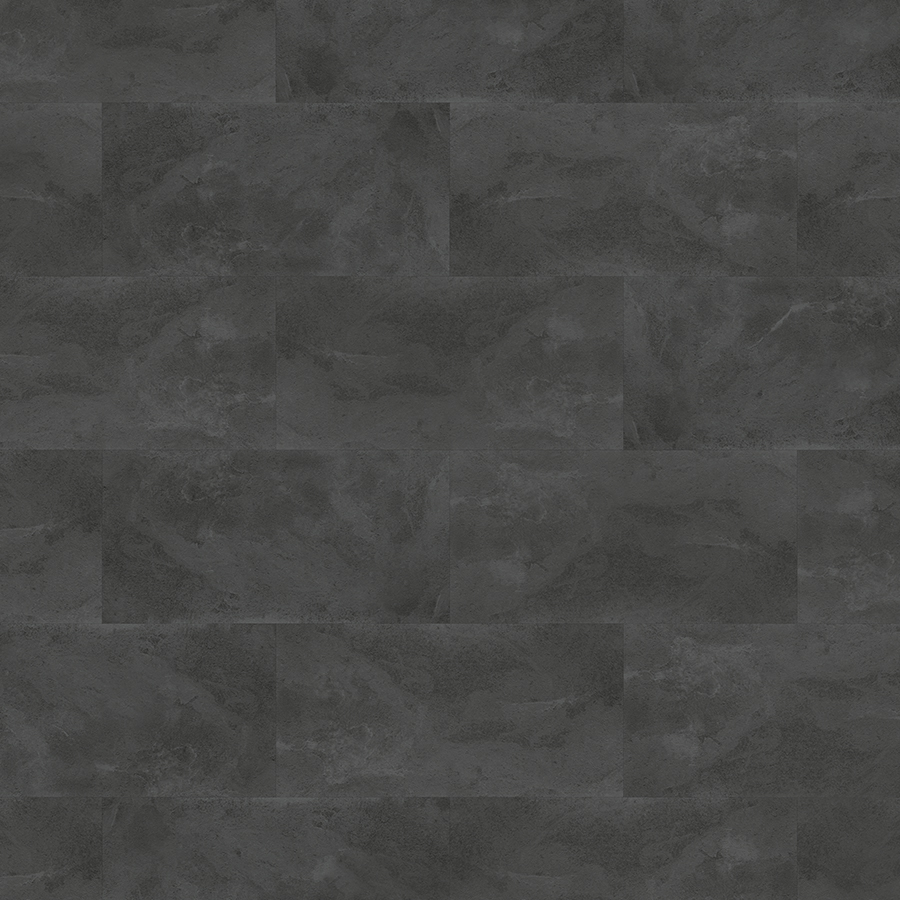
NATURAL SLATE |
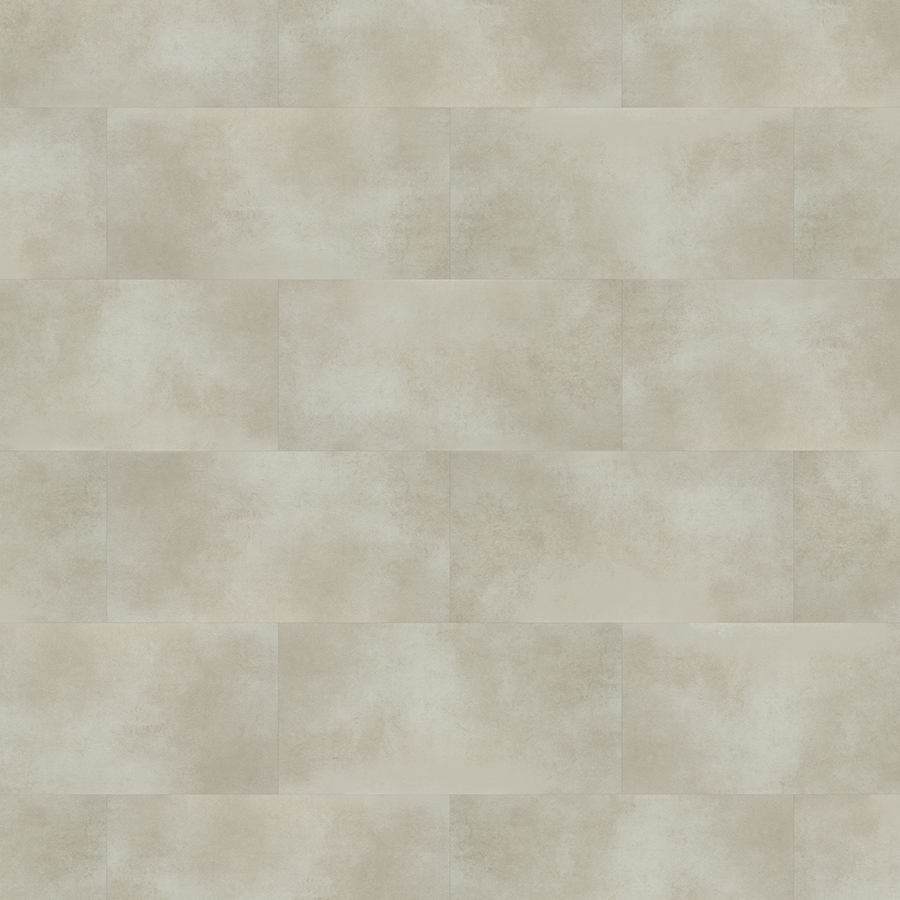
BRIGHT CONCRETE |
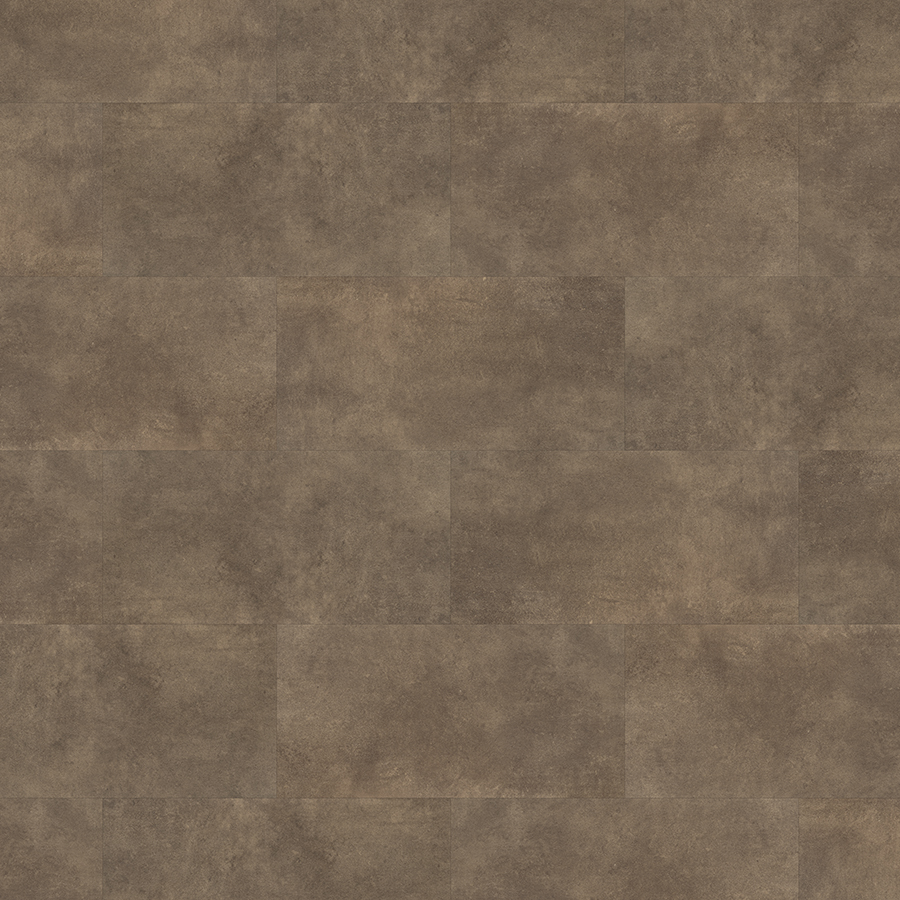
ASIAN SLATE |
Quick and Easy to Lay: d-c-floor® Click Vinyl
Easily laid with maximum benefit. Thanks to its sophisticated click technology you can easily lay click vinyl yourself!

1) Required tools: (angle) ruler, spacer wedges, cutter knife, rubber mallet.
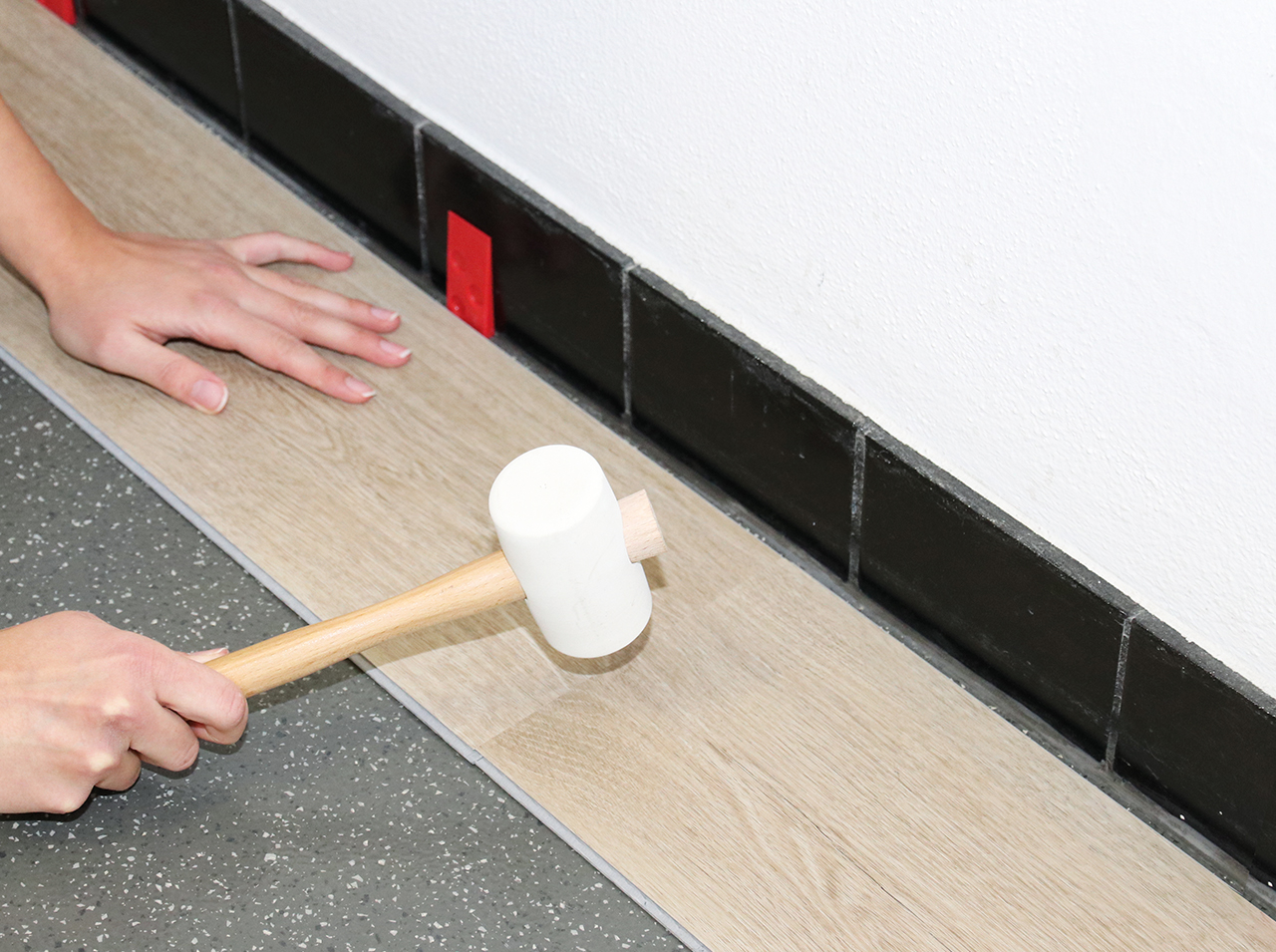
2) The panels are laid from left to right (spring sides of the panels to the wall). Fix the first row to the wall with spacer wedges (10 mm). Drop-down click system: Place the second panel on the groove of the first one, so that tongue and groove of both planks fit exactly over each other. Tap over the joint with the rubber mallet until the transition of both panels is smooth.
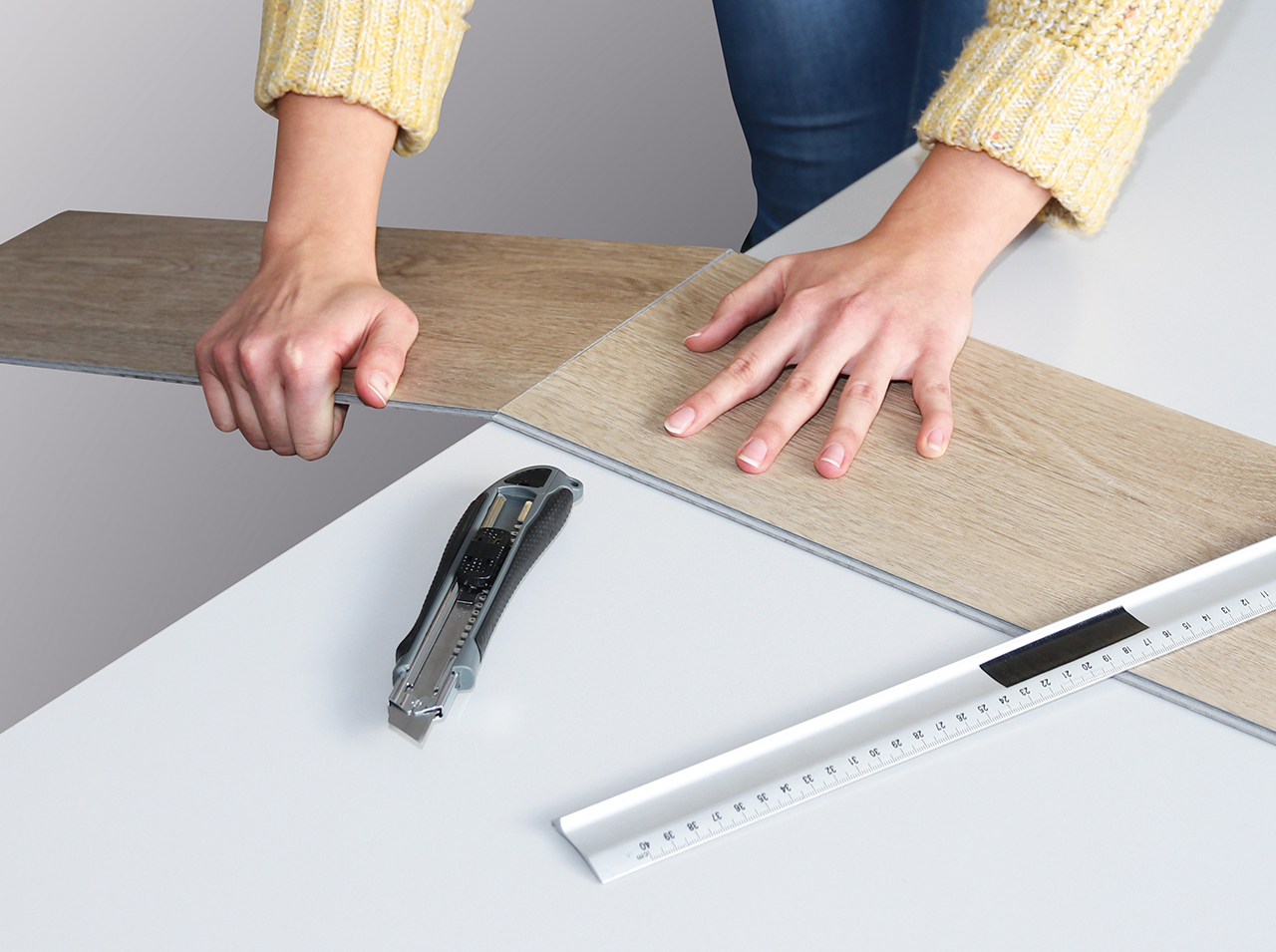
3) The end piece to the wall must be cut to size. This can be used for the start of the next row (length at least 30 cm). The panel should be cut on the front side with the help of an angle ruler and a cutter knife under even pressure. The edge is broken by first pushing the cut panel downwards and then upwards until it has split.
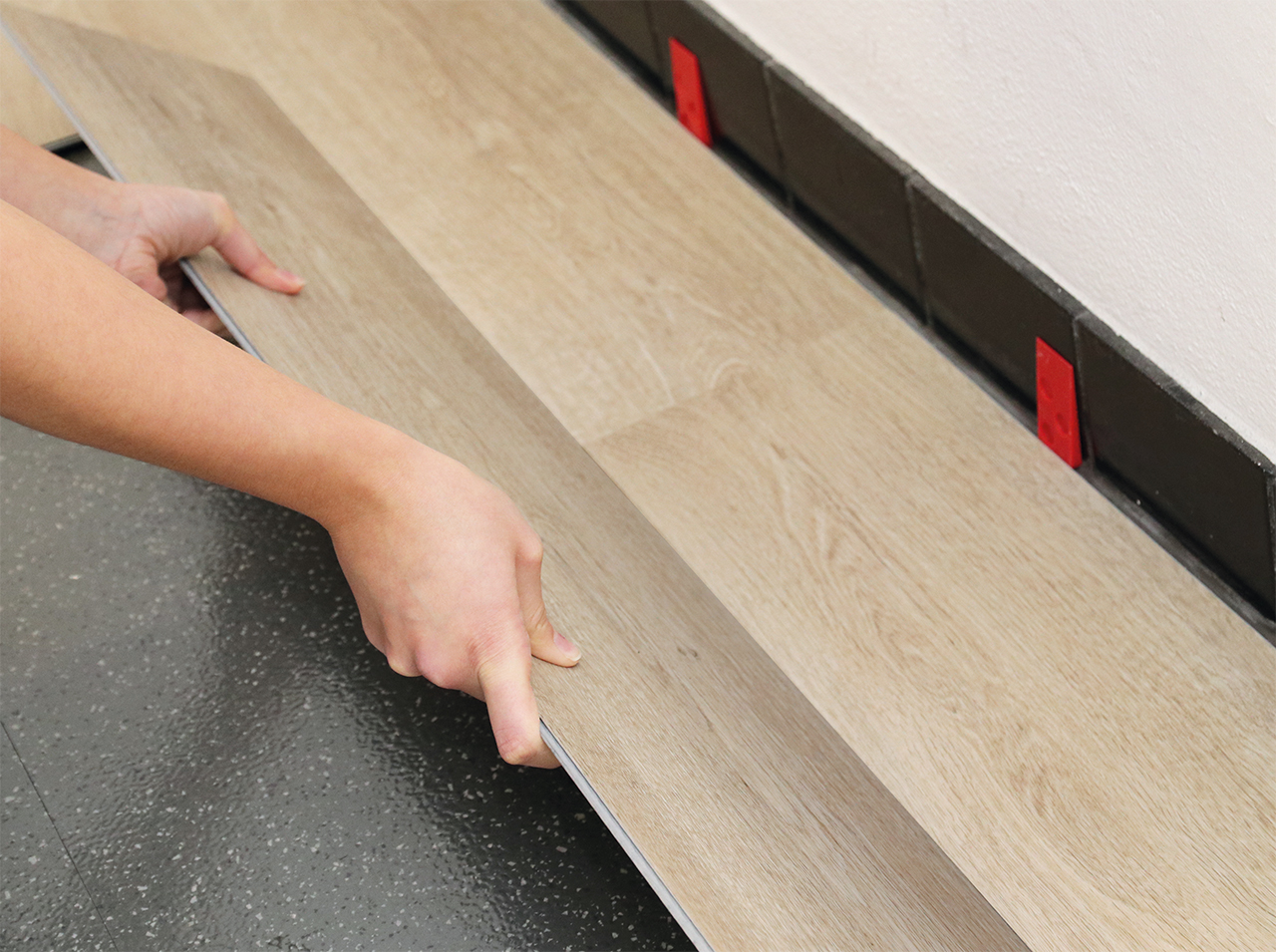
4) The long sides of the panels are clicked into the groove of the previous row at a slight angle.
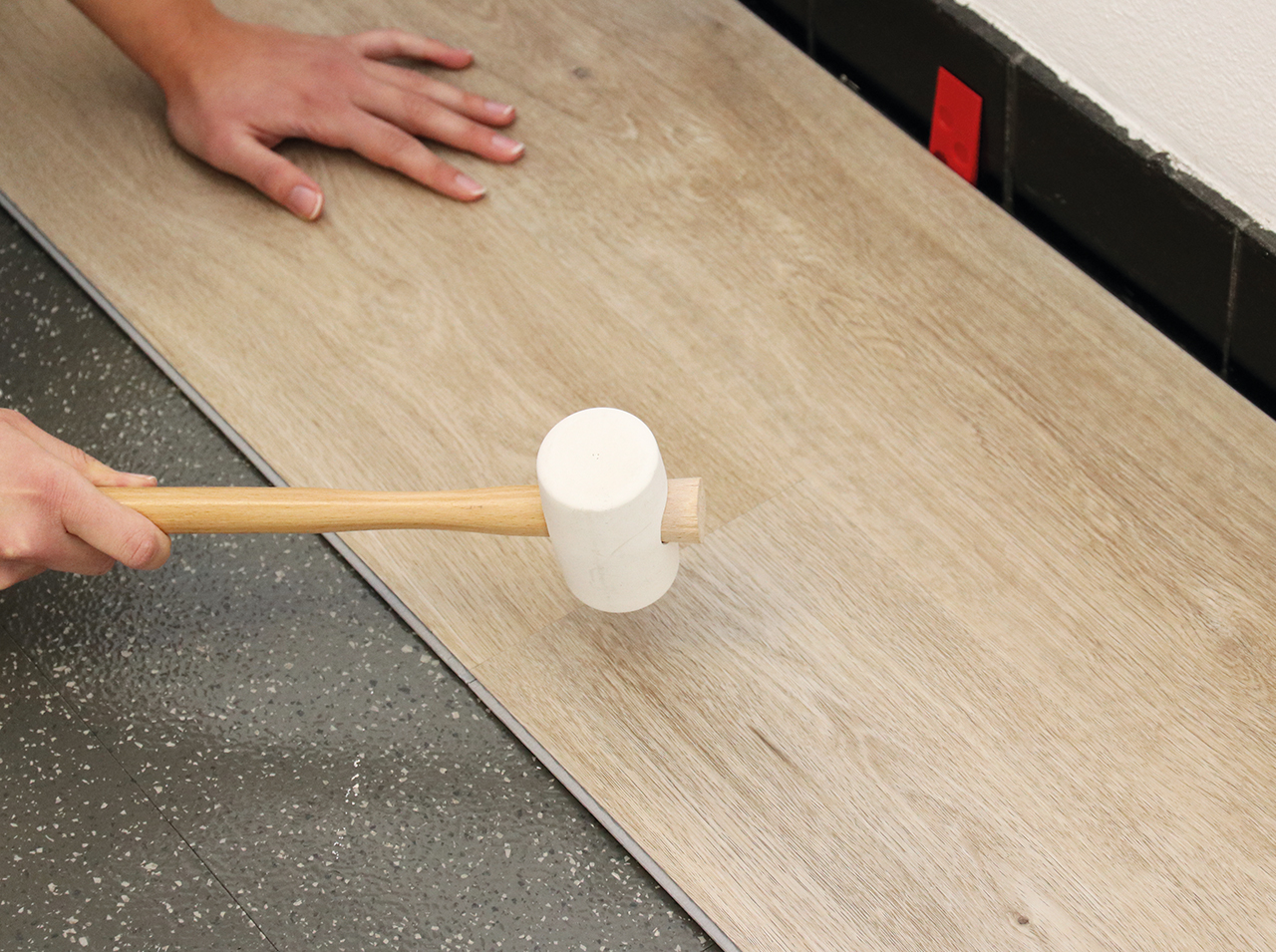
5) The short sides lock into place by tapping the rubber mallet until the transition appears smooth.
d-c-floor® Click Vinyl: Frequently Asked Questions
On which surfaces can you lay d-c-floor® click vinyl flooring?
The surfaces must be dry, level, crack-free, tension/compression-resistant, clean, load-bearing and permanently bonded to the substrate. Textile surfaces must be removed before installation for strength and hygiene reasons (risk of mildew formation).
Can you lay d-c-floor® click vinyl flooring in the bathroom?
Click vinyl flooring is suitable for use in rooms with an increased moisture load, provided that standing water is quickly removed.
Is d-c-floor® click vinyl flooring suitable for laying in winter gardens?
Yes, provided that the winter garden is a living space (room temperature 15°c–40°c). Due to its high dimensional stability, d-c-floor® click vinyl flooring can also be laid in rooms with high levels of sunlight. To increase the durability of the floor, shading options should still be used at extreme temperatures.
Is the flooring also suitable for outdoor use?
No, it is flooring that has been specially developed for indoor use.
Is acclimatisation necessary before use?
Click vinyl flooring must be acclimatised for at least 24 hours at min. 18°c before use. The temperature must also be at least 15°c during installation.
Do expansion joints need to be taken into account when laying?
Due to the high dimensional stability of the material, larger areas without expansion joints can also be laid (expansion joints are only necessary for a room with a length/width greater than 15 m).
Does footfall sound insulation have to be used?
Yes, the use of an underlay for design floorings (compressive strength according to EN 16354 ≥ 200 kPa) is required. This optimises the acoustic properties of the vinyl flooring, compensates for specific unevenness of up to 1 mm and increases the service life of the floor.
Does a vapour barrier need to be used?
For direct installation on mineral substrates such as concrete or screed, the use of a vapour barrier is recommended. This will protect your vinyl floor against moisture from underneath.
Can a click vinyl floor be laid on a floor heating system?
Installation on a hot-water floor heating system is not problematic as long as the temperature on the surface does not permanently exceed 27°C. Please also observe the standards DIN EN 1264 and DIN 4725 as well as the heating protocol.
Is d-c-floor® click vinyl flooring harmless to health?
d-c-floor® click vinyl flooring is phthalate free and contains no harmful plasticisers. In Germany and the EU, plasticisers are subject to strict guidelines that are easily met by our rigid vinyl flooring.
How do you clean click vinyl flooring?
Dry cleaning: in general, it is sufficient to clean the vinyl floor with a mop, broom or vacuum cleaner. Wet cleaning: damp cleaning with a mop or wiper is recommended. Do not use abrasive or solvent-based, oil-based or wax-based agents, as they can damage the surface of the vinyl.
